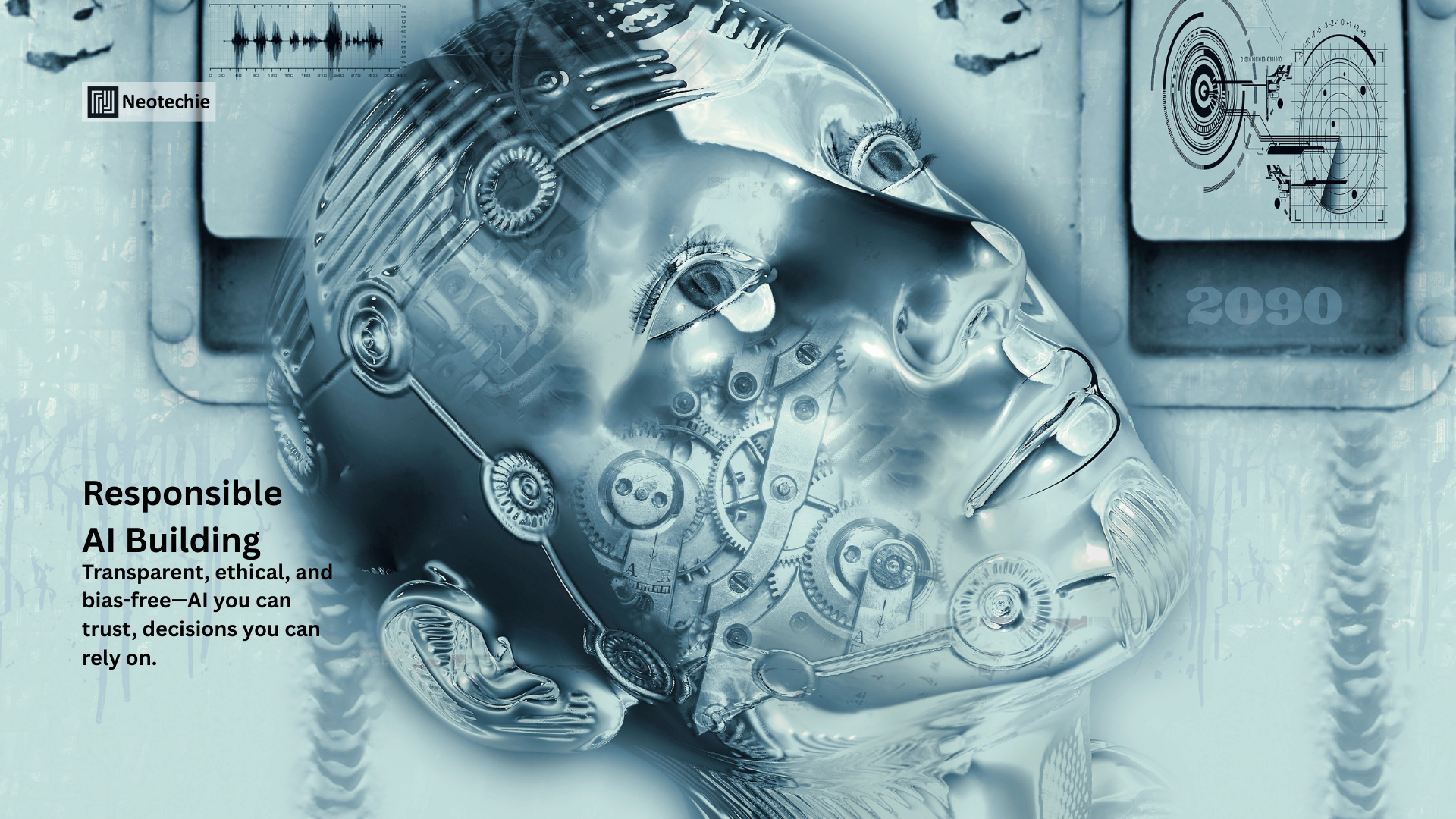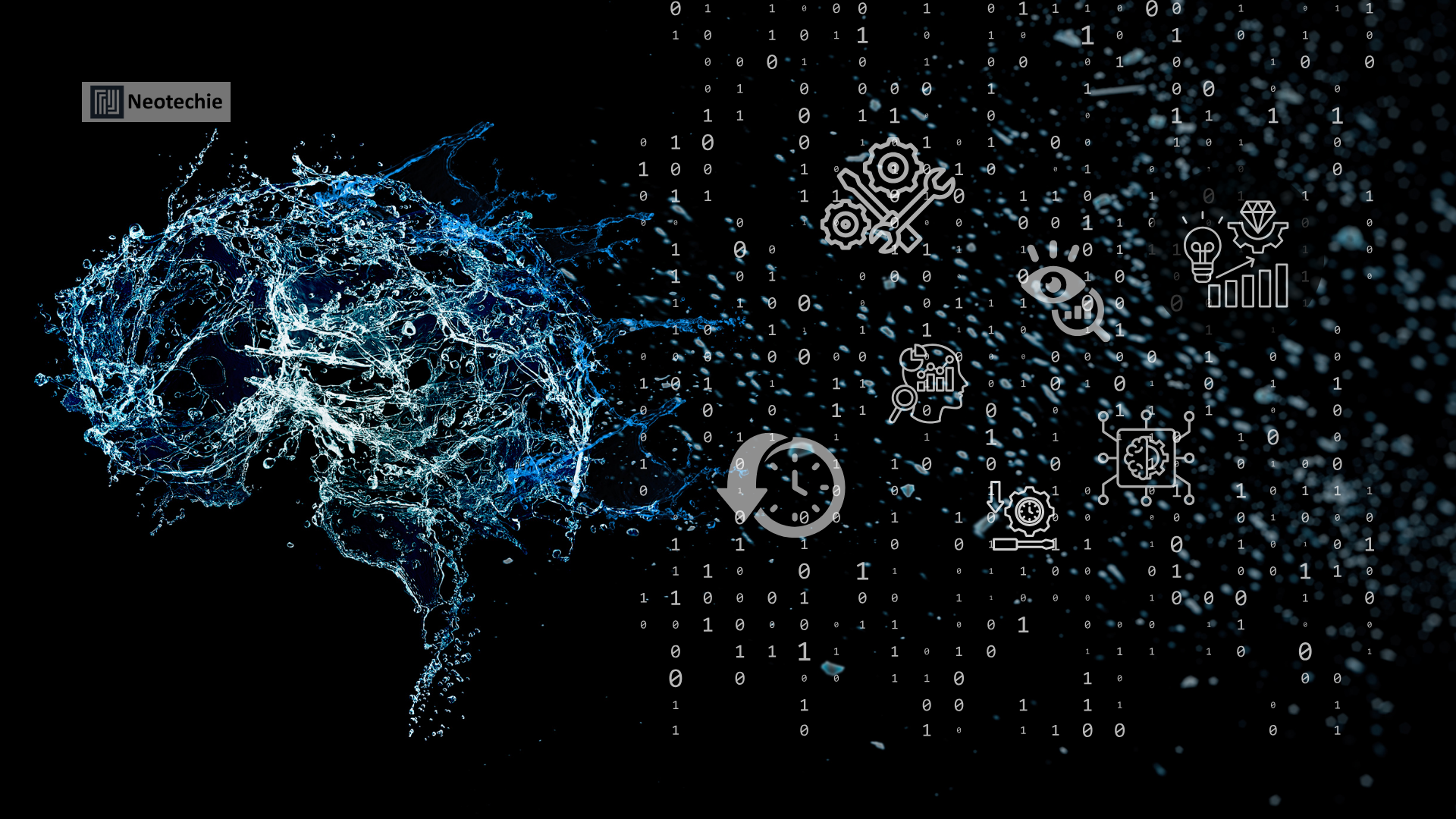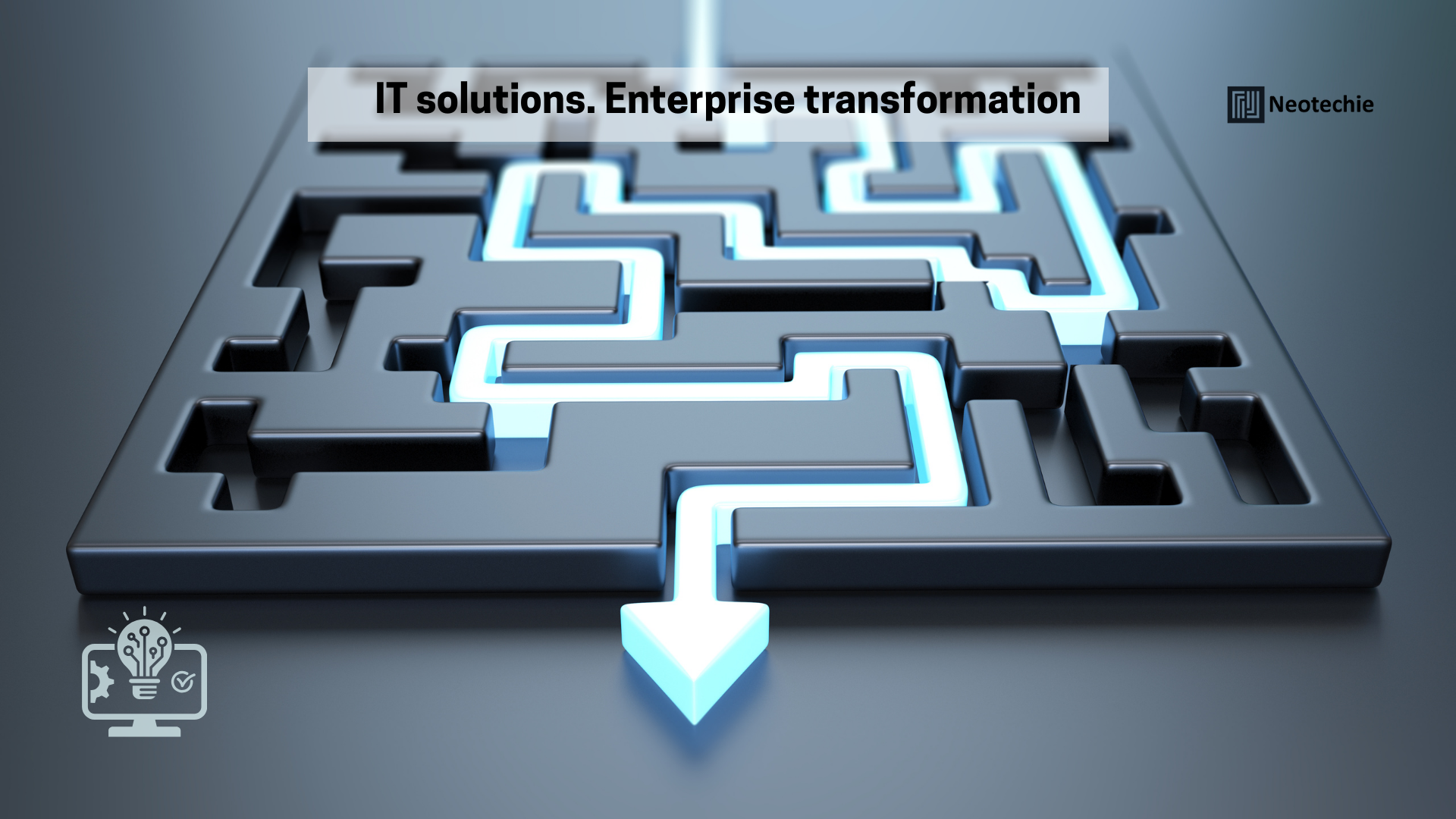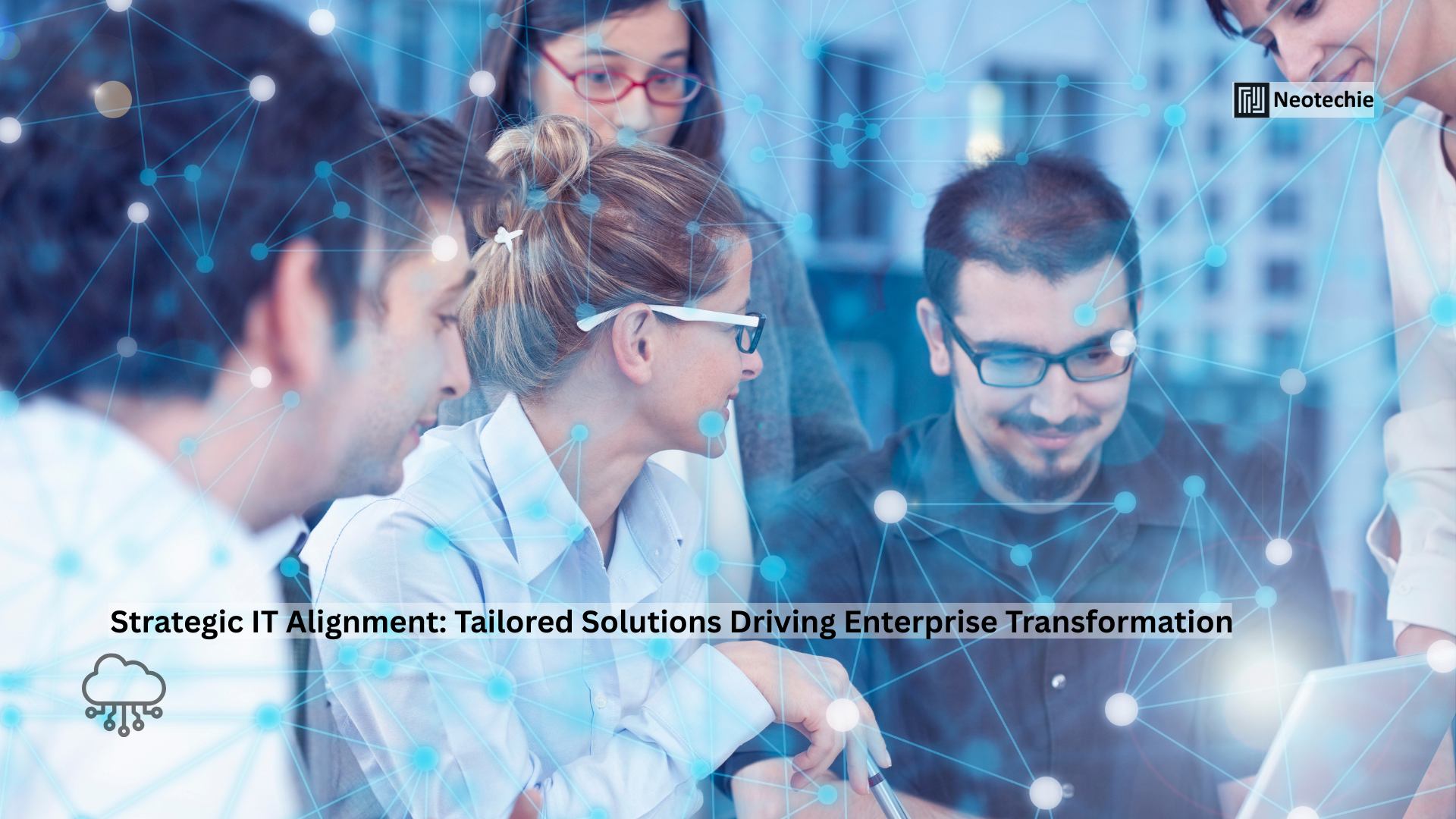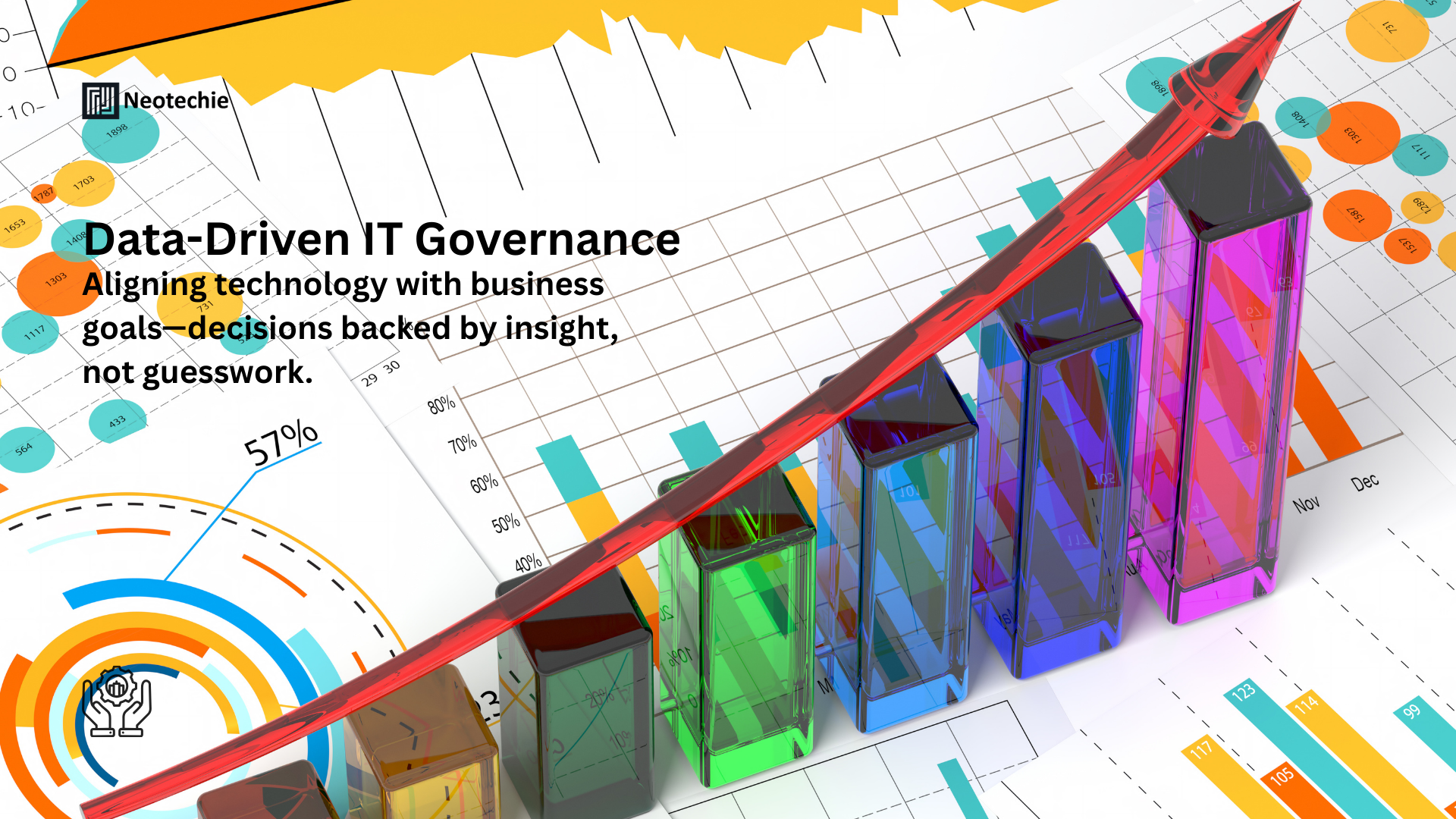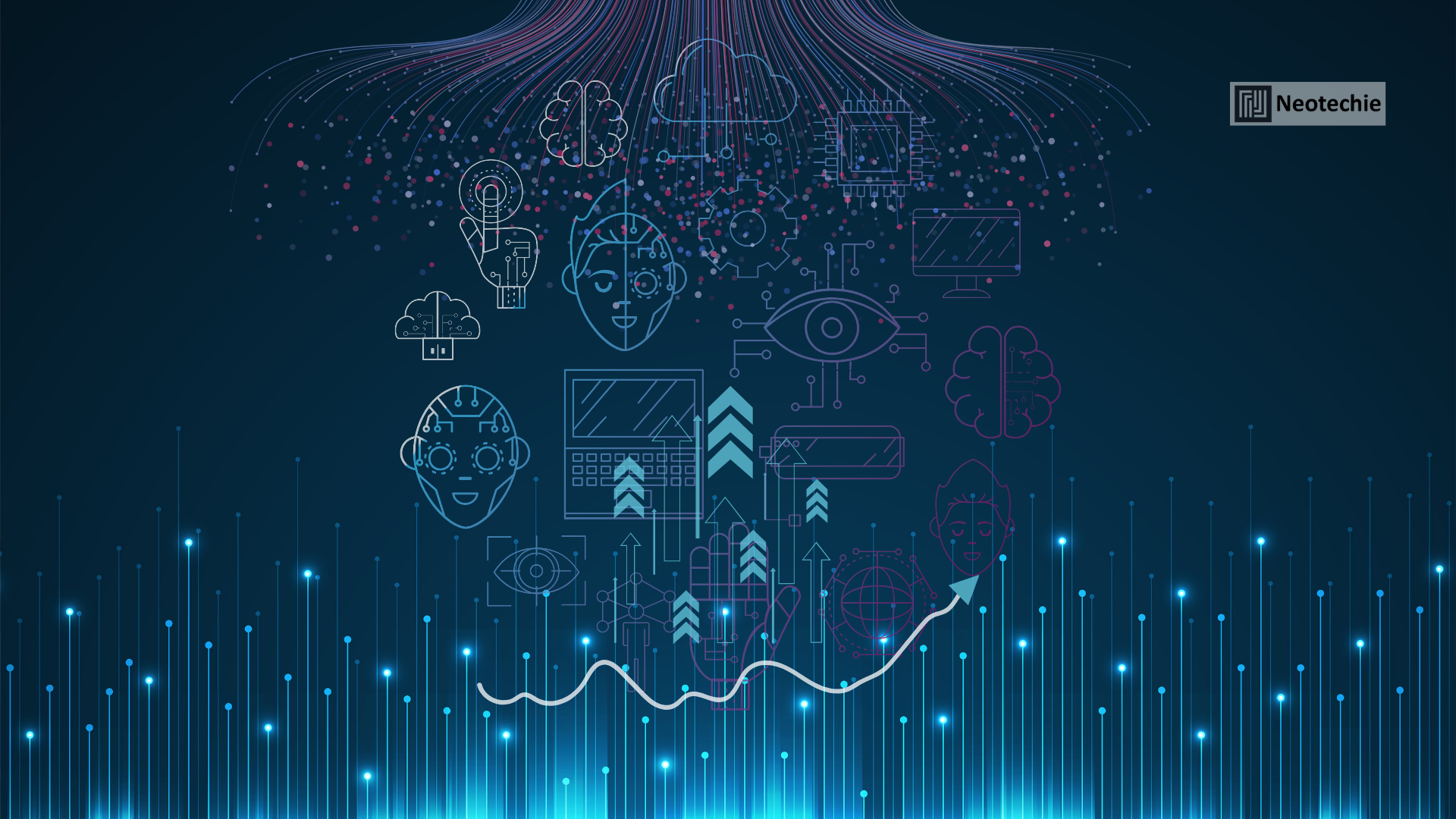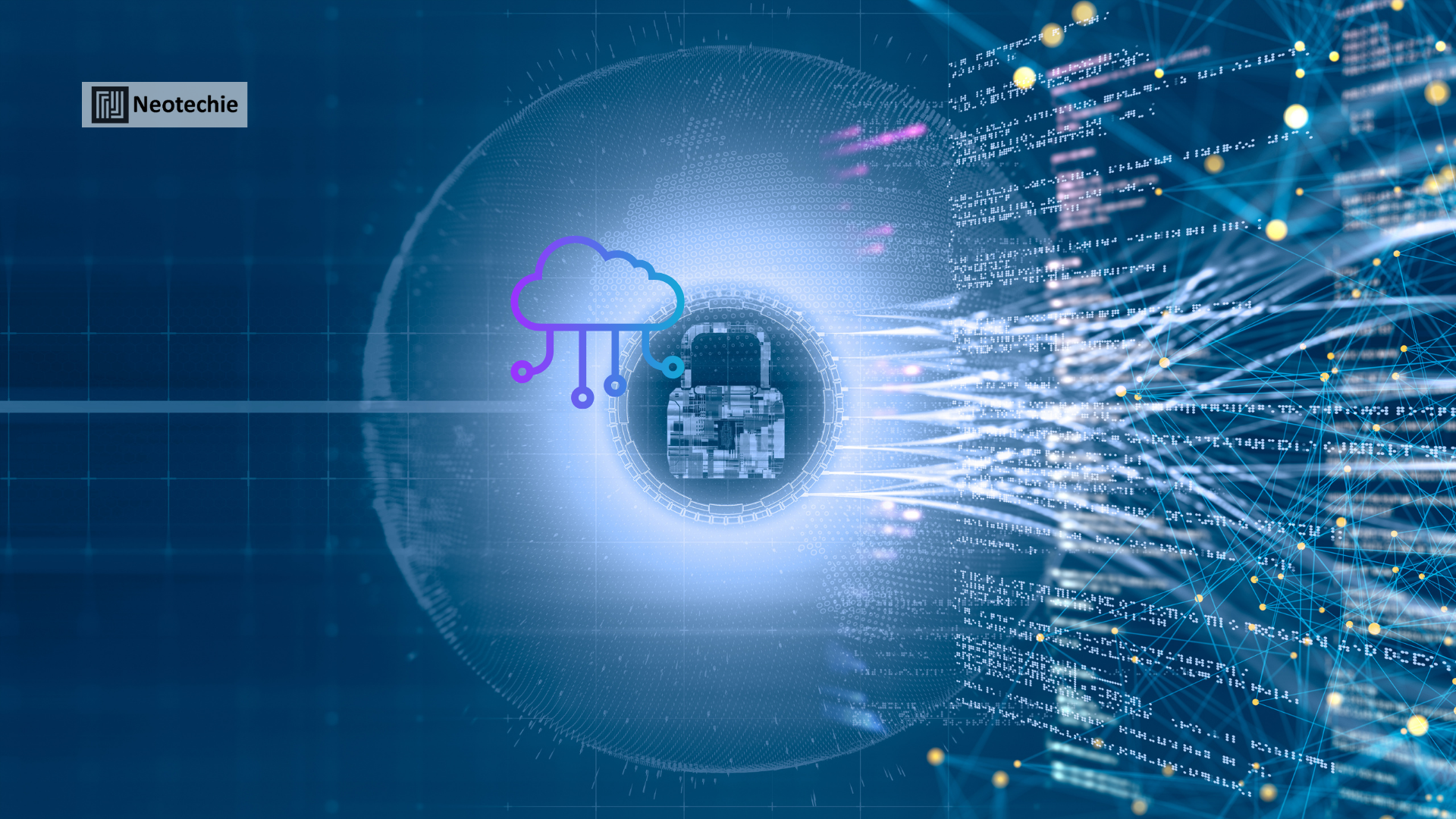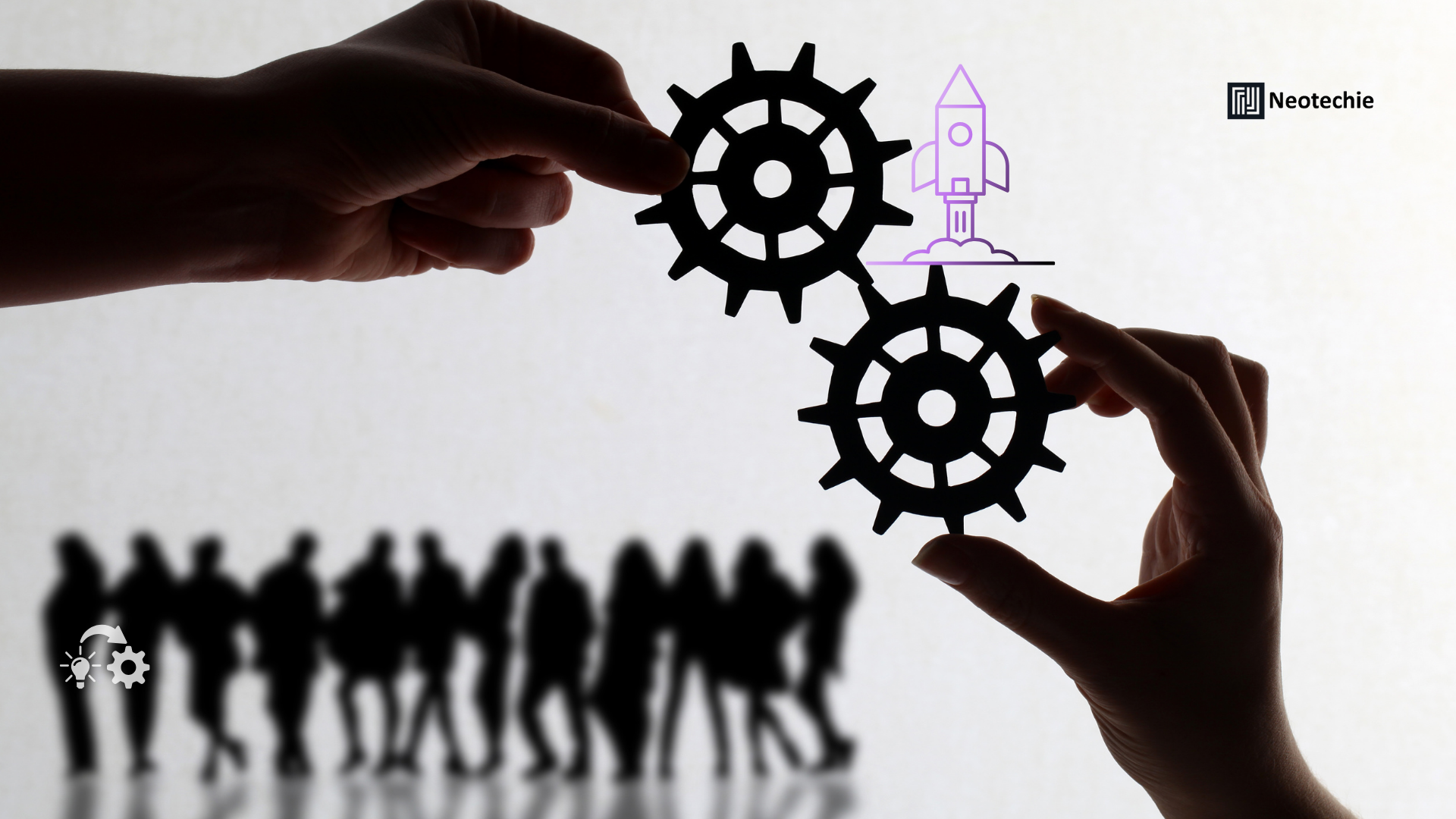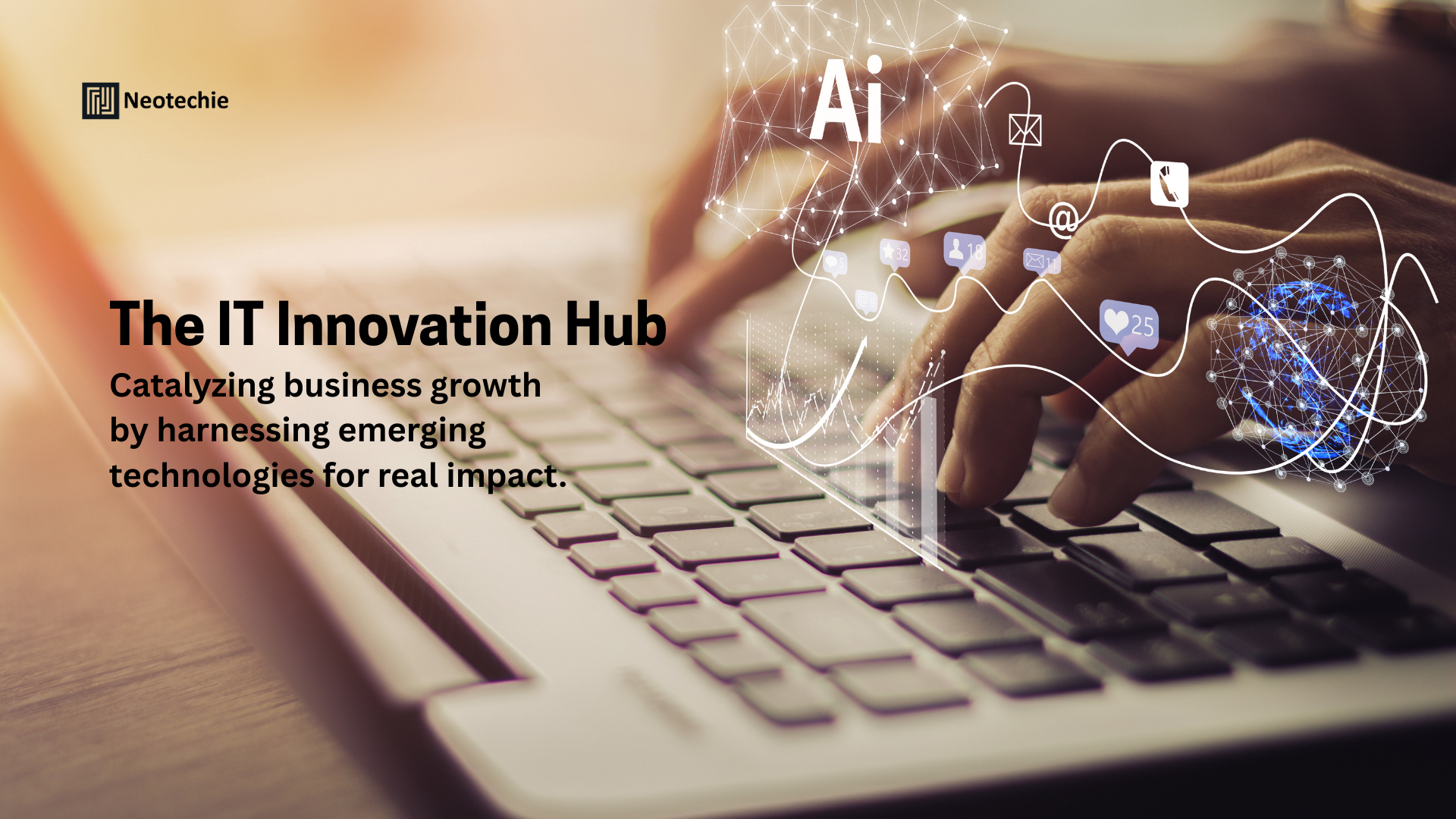Introduction
Artificial Intelligence (AI) and Machine Learning (ML) are transforming industries worldwide—from automating customer service to detecting fraud, improving healthcare outcomes, and personalizing digital experiences. But with great power comes great responsibility. AI models are only as good as the data they are trained on, and without careful design, they can amplify bias, make opaque decisions, or even compromise ethical standards. This is where the concept of Responsible AI takes center stage.
Responsible AI focuses on building transparent, explainable, and ethical AI systems that align with organizational values, regulatory requirements, and societal expectations. Companies that adopt Responsible AI are not only mitigating risks but also building trust with customers, employees, and stakeholders.
What is Responsible AI?
Responsible AI is the practice of designing, developing, and deploying AI systems in ways that are fair, ethical, and transparent. It ensures AI systems respect privacy, promote fairness, and provide clear explanations for their decisions.
Key pillars of Responsible AI include:
- Fairness: Eliminating bias from datasets and algorithms.
- Transparency: Making AI decision-making processes explainable.
- Accountability: Defining responsibility for AI-driven outcomes.
- Privacy & Security: Safeguarding sensitive data and adhering to compliance.
- Ethical Use: Ensuring AI applications benefit society without harm.
Why Responsible AI is Critical for Organizations
- Building Trust with Customers and Stakeholders
Trust is the foundation of digital adoption. Customers are more likely to engage with AI-driven systems when they understand how decisions are made. - Avoiding Reputational and Legal Risks
Biased or opaque AI decisions can lead to lawsuits, regulatory penalties, and reputational damage. Responsible AI safeguards organizations against these risks. - Driving Ethical Business Transformation
In today’s socially conscious environment, ethical AI adoption strengthens brand reputation and demonstrates corporate responsibility. - Improving Decision Accuracy
Transparent and bias-free AI models produce more accurate, reliable, and fair outcomes, leading to better business performance. - Meeting Regulatory Requirements
With AI regulations on the rise (such as GDPR and upcoming AI governance laws), organizations must proactively embed responsibility into their AI strategies.
How Responsible AI Works
Responsible AI is not a single tool or framework—it’s an ecosystem of practices, methodologies, and governance approaches. Some strategies include:
- Bias Detection and Mitigation: Using ML techniques to identify and correct hidden biases in training data and algorithms.
- Explainable AI (XAI): Designing models that provide clear, human-readable explanations of how outputs are generated.
- Human-in-the-Loop (HITL): Ensuring human oversight in critical AI-driven decisions, such as loan approvals or medical diagnoses.
- Ethical Governance Frameworks: Establishing cross-functional teams and policies to review AI models for fairness, compliance, and transparency.
- Continuous Monitoring: Tracking AI models post-deployment to detect drift, bias reintroduction, or performance issues.
Real-World Applications of Responsible AI
- Financial Services: Preventing bias in credit scoring and fraud detection models.
- Healthcare: Ensuring AI diagnostic tools provide equitable results across diverse populations.
- Recruitment & HR: Avoiding discrimination in AI-powered candidate screening systems.
- Customer Service: Providing transparent recommendations in chatbots and virtual assistants.
- Public Sector: Ensuring fairness and accountability in government decision-making systems.
How Neotechie Helps Organizations Adopt Responsible AI
At Neotechie, we help organizations harness the benefits of AI while ensuring ethical, transparent, and bias-free implementations. Our approach includes:
- Bias Auditing and Data Cleansing
We analyze datasets to detect hidden biases and ensure balanced representation across demographics. - Explainable AI Frameworks
Neotechie builds AI systems that provide clear, understandable reasoning behind every decision, fostering trust and accountability. - AI Governance and Compliance
We help organizations set up ethical AI policies and align systems with evolving regulations like GDPR and AI governance laws. - Custom Responsible AI Solutions
From healthcare to finance, we tailor AI models to specific industries, ensuring fairness and transparency in mission-critical applications. - Human-Centric AI Design
Our solutions keep human oversight at the core, blending automation with accountability. - Continuous Monitoring & Improvement
We provide ongoing model monitoring, bias re-checks, and updates to maintain responsible AI practices over time.
Conclusion
As AI becomes deeply embedded into business and society, responsibility cannot be optional. Organizations that embrace Responsible AI will gain a competitive edge, not only by avoiding risks but by building systems that inspire confidence, trust, and long-term value.
With Neotechie as a partner, businesses can confidently deploy AI and ML solutions that are transparent, ethical, and bias-free—ensuring technology works for people, not against them.

